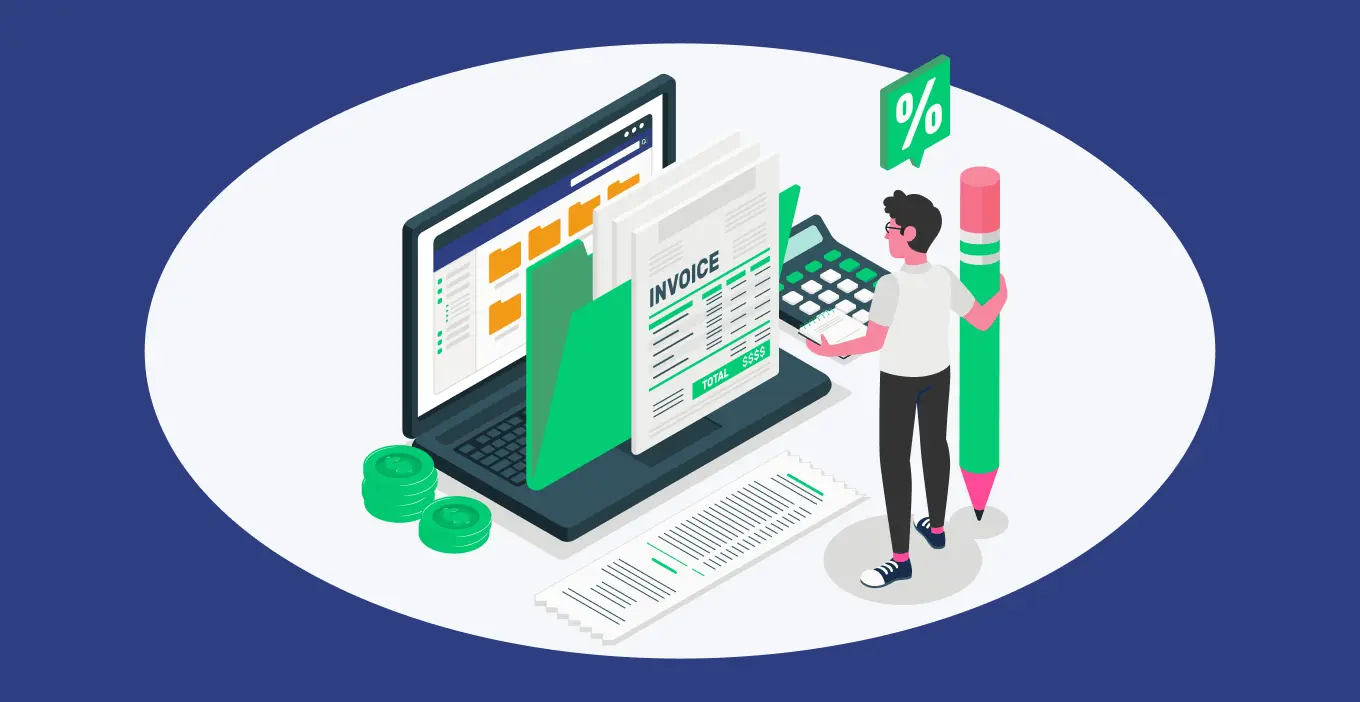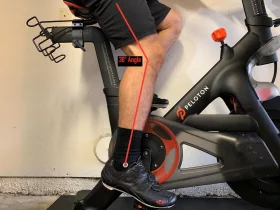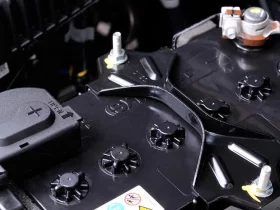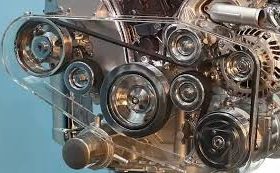Property accounting keeps track of all financial transactions associated with rental properties, including rent payments and maintenance costs. It also includes recording invoices and annual billings.
Property management accounting requires accurate records, so setting up a system to prevent errors is important. One way to do this is by using automation software that automatically updates information and reduces mistakes.
Integrate with Other Systems
A property management accounting system includes a chart of accounts that categorizes and labels each financial transaction for your properties. This is essential for future reporting and reconciliations. A property manager can use a simple spreadsheet or premium accounting software to automate tasks and reduce human error.
A rental property accounting system must have a dedicated bank account for each property to facilitate accurate tracking of income and expenses. This allows you to reconcile the general ledger regularly with your bank statements, providing a more accurate picture of cash flow and revenue.
Using separate bank accounts also helps you avoid mixing personal and business expenses or unauthorized spending. Furthermore, it makes creating a budget easier by ensuring all your financial data is centralized and accessible. Also, a dedicated bank account can make paying vendor invoices and tracking work orders easier. This way, you can stay on top of all your expenses and make timely payments.
Automate Reconciliation
Reconciliations are an important aspect of property accounting systems that ensure all financial records match. They also help protect against fraud and ensure an accurate view of company cash reserves. However, these tasks are time-consuming and error-prone when done manually. Automation can streamline the process and provide more visibility over the financial books.
A reconciliation software solution ingests data in all formats and matches them against internal records, eliminating tedious manual work for your accounting team. It can also automatically flag anomalies and exceptions, providing a clearer picture of your finances and reducing the risk of errors.
Payment reconciliation helps ensure that a company’s internal record of payments owed and due matches the transactions in external statements from banks, credit cards and mobile payment services. This is essential to detect issues such as misplaced invoices and fraudulent activity promptly. These problems often go unnoticed with manual processes, leading to costly repercussions for the business.
Create Custom Reports
Collecting rent is a huge part of being a landlord. It would help if you had that income to cover your expenses and add extra cash. But with a good property accounting system, you don’t have to worry about manually recording each payment or running spreadsheets with complex calculations. Instead, you can automate this process with a software program that lets tenants deposit money directly into your account.
Creating a custom report is as simple as choosing the metrics you want to see and grouping them meaningfully. Depending on the available options for each metric, you can also select aggregation functions like sum, average, max, or min on each size.
You can then configure how often the report should run once, daily, weekly, monthly, or yearly. Finally, you can choose where to store the information a folder or shared and whether you want to receive an email when the report is complete. This is a great way to ensure you always have the information you need at your fingertips.
Automate Payments
Many property management tools can be used to automate one of the most time-consuming parts of the job: managing rent payments. Online rent payment tools offer a range of features, including ACH and credit card payments, work order tracking and customizable invoice templates. Some, like Wave Accounting, offer payroll and expense tracking for a complete property management accounting solution.
Some tools can also simplify one of the most common property management pain points: handling maintenance requests and work orders. For example, some tools allow tenants to submit maintenance requests directly from a dashboard, and some can even automatically create a work order for you and send it to one of your approved vendors.
Consider automation if you’re tired of wasting time on manual processes and want to boost efficiency. Check out our blog for more information about how automation can benefit your property management company.








Leave a Reply